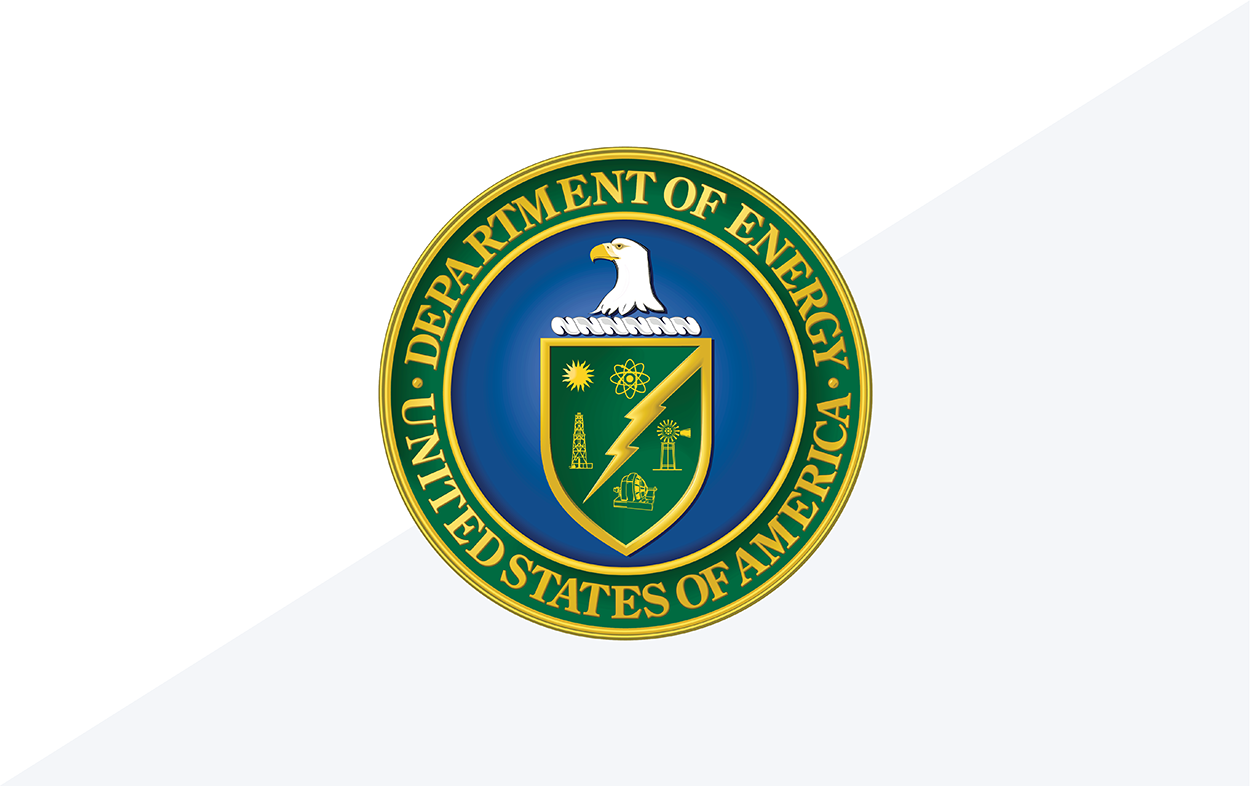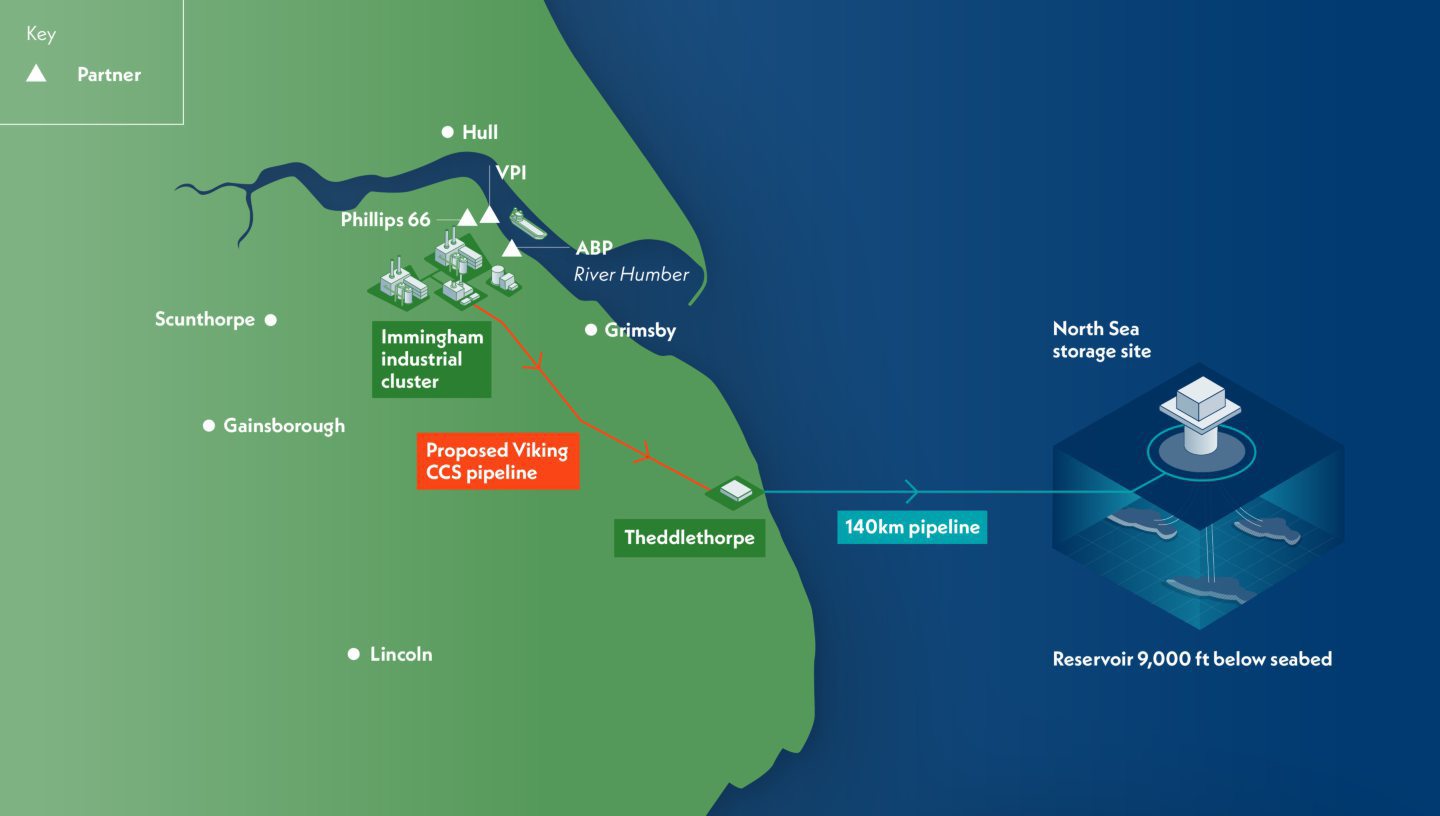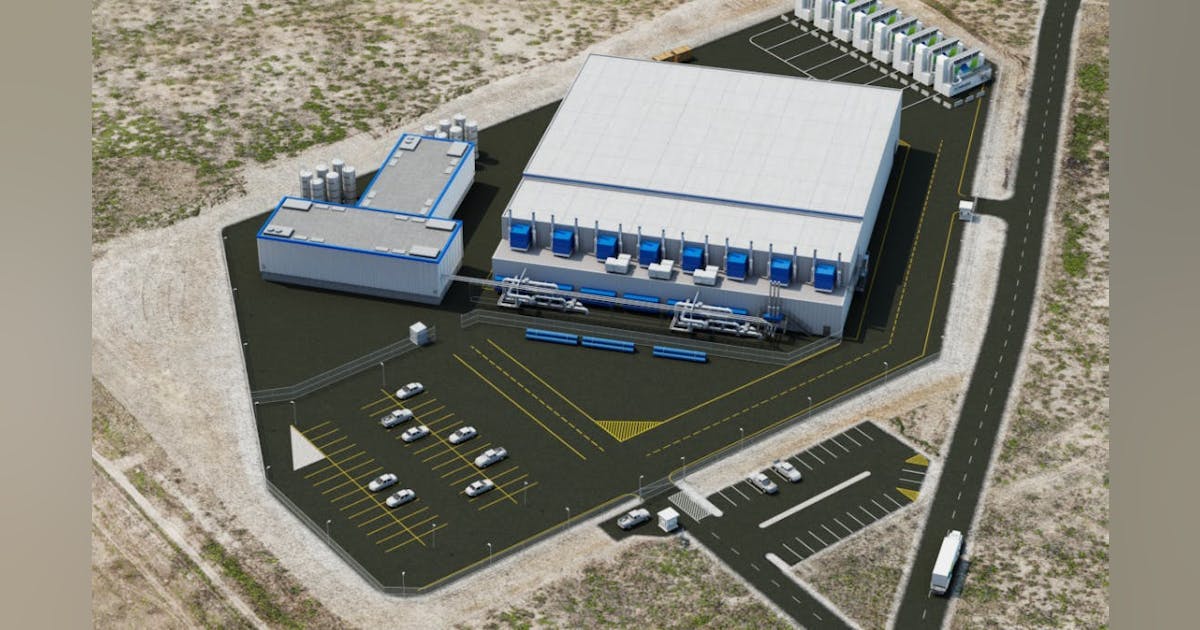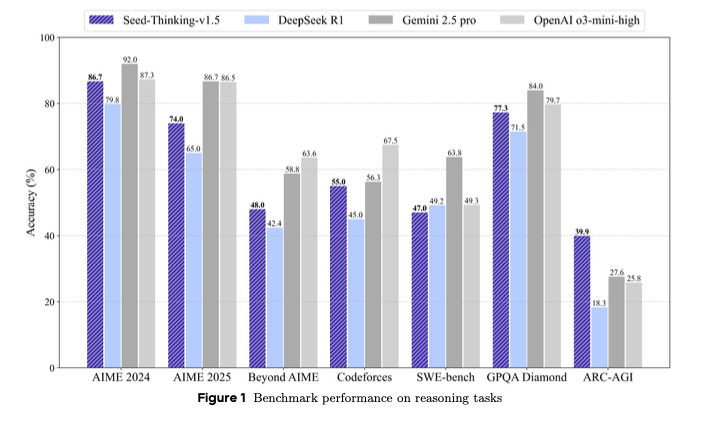
BP Plc said debts mounted in the first quarter, yet another setback for the UK energy major as it struggles to turn its finances around.
Net debt climbed about $4 billion from the prior quarter, BP said Friday, citing an increase in working capital. It also reported lower upstream production and weak gas trading — disappointing for a company pivoting back toward its core fossil-fuel business.
The guidance comes just a few months after BP unveiled plans to refocus on oil and gas and spend less on clean energy amid pressure from activist investor Elliott Investment Management. Since the end of the quarter, turnaround efforts have come under further strain, with the oil market roiled by US President Donald Trump’s aggressive trade policy and OPEC+’s move to unleash supply.
BP’s net debt totaled $23 billion at the end of last year, its ratio of debt to equity far exceeding that of Shell Plc, TotalEnergies SE, Chevron Corp. and Exxon Mobil Corp. This year the stock has fared worse than peers, particularly since Trump announced new tariffs April 2. And with oil’s sharp plunge, BP’s in a tough position to bring down borrowings and maintain shareholder returns.
“We believe BP has the highest likelihood of reducing buybacks” among the oil majors, TD Cowen analyst Jason Gabelman wrote in a note. “The stock has been the weakest performer since April 2 in the peer group due to relatively high leverage and reliance on divestments.”
BP saw “slightly higher” volumes in oil production and operations in the first quarter, but lower output in gas and low-carbon energy, the company said in a statement. Its large but opaque trading business, which at times helps the company ride out a softer market, failed to come to the rescue, with a “weak” contribution from gas and “average” for oil.
The stock slid as much as 3.5% on Friday, and traded down 2.3% as of 12:52 p.m. in London.
New Direction
The working-capital build is “largely expected to reverse,” BP said, citing “seasonal inventory effects, timing of payments including annual bonus payments and payments related to low-carbon assets held for sale.”
The company’s guidance follows a 60% decline in earnings in the last quarter of 2024. Shortly after that, Chief Executive Officer Murray Auchincloss announced his strategy “reset.” The shift entails the divestment of $20 billion of assets by the end of 2027 to alleviate a stretched balance sheet that’s seen BP trim buybacks even as most peers are locking in investor returns.
Turbulence at the company has led to changes at the very top, with the firm announcing a week ago that Chairman Helge Lund will step down “in due course.” Lund had been seen to be in a vulnerable position since Bloomberg reported that Elliott had built up a 5% stake with the aim of pushing for change.
BP is scheduled to publish first-quarter results April 29. Its guidance comes four days after rival Shell announced its own preliminary figures for the period. Shell signaled a strong start to the year for oil trading, while gas trading and optimization results are expected to be in line with the final quarter of 2024.
BP said its lower gas production partly reflected divestments in Egypt and Trinidad that were completed toward the end of last year.
WHAT DO YOU THINK?
Generated by readers, the comments included herein do not reflect the views and opinions of Rigzone. All comments are subject to editorial review. Off-topic, inappropriate or insulting comments will be removed.
MORE FROM THIS AUTHOR
Bloomberg





















